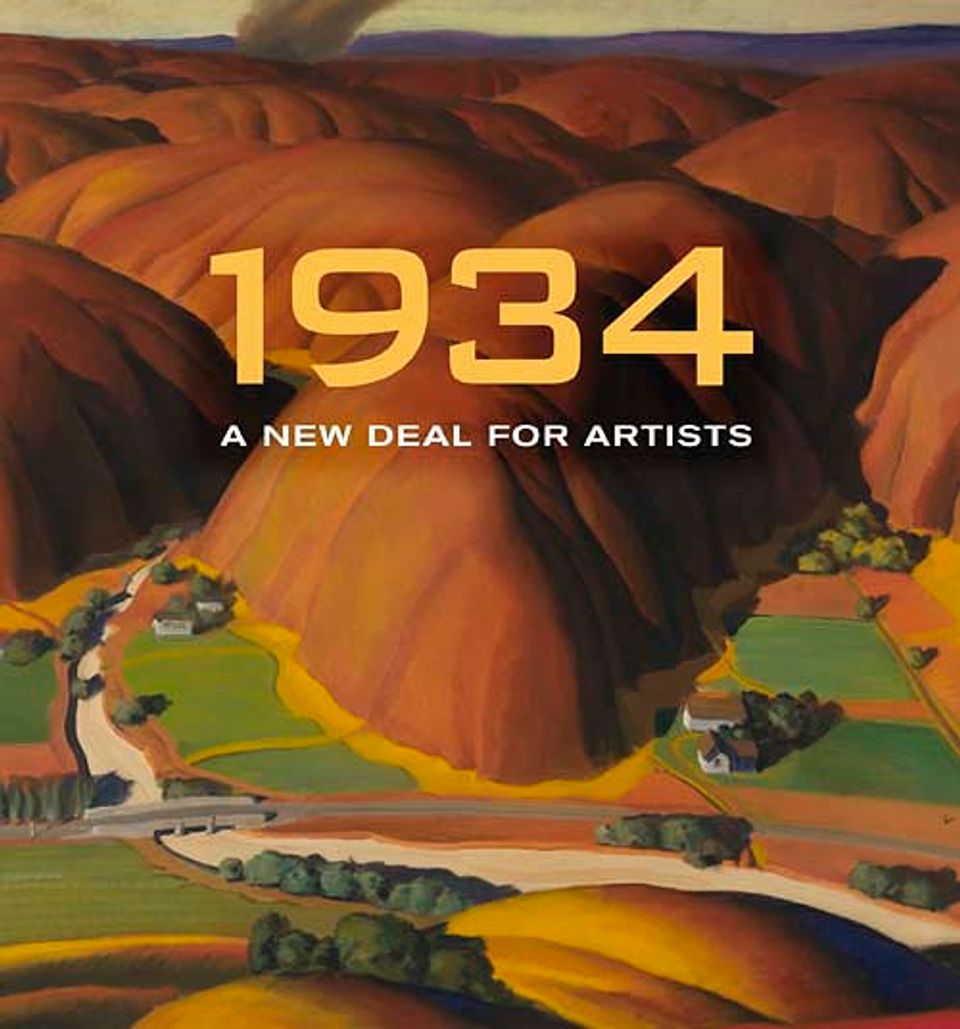Artwork Details
- Title
- River Front
- Artist
- Date
- 1934
- Location
- Not on view
- Dimensions
- 16 x 24 in. (40.7 x 61.1 cm.)
- Credit Line
- Transfer from the U.S. Department of Labor
- Mediums
- Mediums Description
- oil on canvas
- Classifications
- Subjects
- Cityscape — New York — New York
- Figure group — male
- Cityscape — wharf
- Cityscape — weather — snow
- Occupation — service — street sweeper
- Cityscape — river — East River
- New Deal — Public Works of Art Project — New York City
- Architecture Exterior — industry — shipyard
- Occupation — industry — lumber
- Object Number
- 1964.1.169
Artwork Description
The old brick building in the foreground displays the Blue Eagle symbol of the National Recovery Administration in its window to indicate that the lumber company adheres to the NRA's codes for prices, wages, and work hours. The negotiation of NRA codes set off strikes in many industries, and the shipbuilding business was no exception. In early 1934, after the strikes were settled, New York shipyards still lacked work and pleaded for federal government projects to keep men employed. A few years later World War II would bring record numbers of workers to the shipyards that languish idle here under gray skies.
1934: A New Deal for Artists exhibition label















